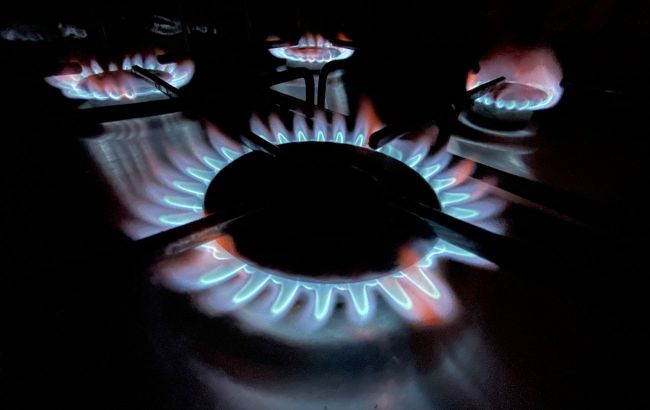In Europe gas prices hit two-year high
 Photo: Gas prices in Europe have risen to their highest level in 2 years (Getty Images)
Photo: Gas prices in Europe have risen to their highest level in 2 years (Getty Images)
Europe is teetering on the edge of another energy crisis after natural gas prices surged to their highest level in two years, Bloomberg reports.
Futures at the TTF hub in the Netherlands rose 4% to €58 per megawatt-hour (approximately $635 per thousand cubic meters), the highest level since February 2023.
According to the agency, after a prolonged struggle with rising costs, persistently high inflation, and a slowdown in industrial activity due to the 2022 crisis, the continent is once again facing the threat of a prolonged price rally that could trigger even greater economic challenges.
Gas reserves in the region are depleting rapidly this winter, and major energy companies like Uniper and Eni have little economic incentive to store fuel at current prices. As a result, concerns are growing over fuel stockpiles this summer and supply levels for next winter.
Storage levels have become a key data checkpoint. Policymakers are increasingly worried about Europe’s reliance on intermittent energy sources like wind. However, an unusually high number of windless days this winter combined with slightly colder weather has forced countries to use their fuel reserves.
Currently, Europe’s gas storage facilities are less than half full, marking the lowest level for this time of year since 2022. Summer prices are so high that it is unprofitable to replenish storage, which means that governments will have to intervene.
Gas consumption in Europe is expected to rise by 17% this month compared to last year, driven by residential and commercial demand. And winter is not over yet: Northwestern Europe is bracing for freezing temperatures in the coming days, which could further increase heating demand, drain reserves even more, and give impetus to painful price increases.
"The risk of the European Union entering the spring with very low gas inventories has increased in the last couple of weeks,” said Arne Lohmann Rasmussen, chief analyst at Global Risk Management. “Not only has the front month spiked, but we have also seen a rise in 2026–2027 calendar prices".
The upcoming summer maintenance season in Norway could further constrain supplies at a time when the market is already under pressure. Traders are also closely monitoring the impact of US tariffs and potential retaliatory measures, which could make liquefied natural gas (LNG) imports more expensive.
Meanwhile, the National Bank of Ukraine expects natural gas prices on the European market to decline gradually, despite anticipated growth in industrial demand. This is primarily due to increased LNG supplies, as global LNG production capacity is expanding significantly, and its role in Europe is becoming more prominent with the development of LNG infrastructure.

